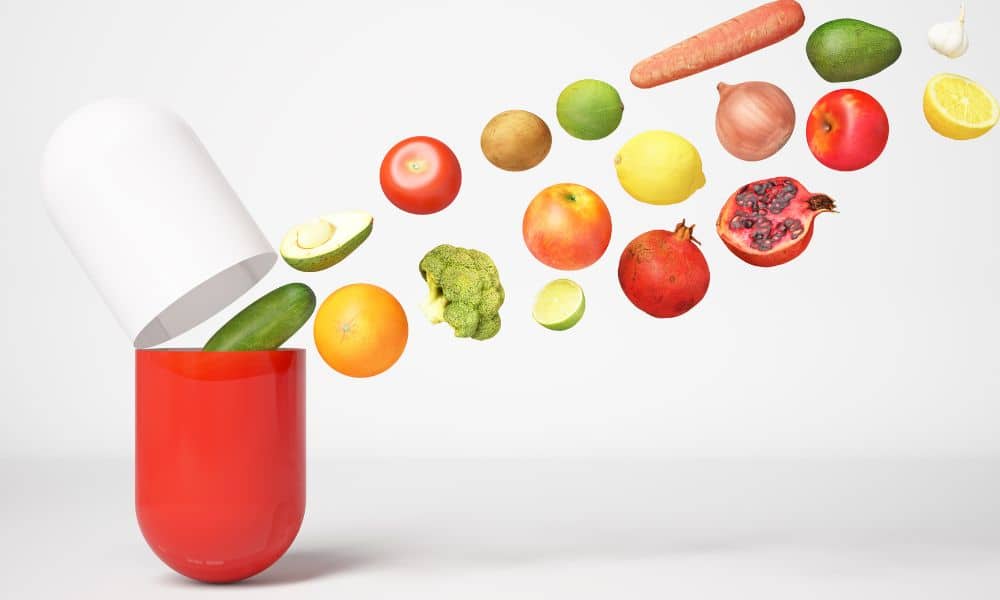They undermine female muscle growth in the sports and wellness industry. It is because people see that women rarely have as much potential to grow bulk as men do. However, science explains it is not the case. Women can develop more muscle bulk in their bodies. It is essential to understand the science of hormones, body fat, and other considerations.
Let’s see in this article all the information you need to know about better female muscle growth.
Hormones
Women produce relatively less testosterone than males do. This hormone plays an anabolic role in muscle development. However, this is not the only hormone that is essential for muscle growth. Growth hormone and Insulin-like Growth Factor or IGF are some hormones that contribute to muscles.
Science shows that women produce an equal amount of growth hormone as men do. Also, they have three times the amount of IGF hormone in their bodies than men do. This is probably because of a relatively higher body fat composition in women.
Growth hormone develops your skeletal muscles and improving your body strength. The hormone production declines as you age. The body releases growth hormones in the REM sleep cycles. So, improving your sleep quality will aid in your workout effects. Also, exercise helps in releasing growth hormones. This is especially important for compound movements that use multiple body joints, such as bench presses or squats.
Insulin stores the excess energy from food in the liver and the muscles. It is also an anabolic hormone that moves the amino acids in the muscle cells to support tissue repair. Therefore, insulin can imply positive effects on your muscles. Doing exercise regularly will help in regulating this hormone well. You will also need to check your diet, as excess carb intake will put you at risk of insulin resistance.
Potential of Female Muscle Growth
Females get the same percent of muscle mass as their male counterparts when performing strength training exercises. As a result, females can attain equal or even more strength in their muscles than men do—the difference between the two lies at the starting point. Males get more muscle mass and power at the start. However, the relative ratio between the muscle sizes of all genders remains the same.
Females also make more muscle protein after exercise training and after meals, as males do. Research shows that women have a relatively higher rate of protein synthesis in muscles than men. We base this study on the same muscle mass level in all genders.
Body Fat
Women have a higher body fat composition compared to the percentage of body fat composition of men. They have 12% of essential body fat for regulating their hormones compared to only 3% in men.
This calls for more IGF hormones in women that you are now aware of already. The liver produces an Insulin-like Growth Factor or IGF hormone in response to growth hormones. Therefore, both hormones go up simultaneously in the body. IGF hormones stimulate female muscle growth and increase lean body mass. In addition, it helps in burning fat in the body. This helps to increase the endurance of the body and speed up recovery time.
Diet
Keep in mind different nutrition considerations if you want to work for female muscle growth. These are:
1. More Protein
Protein is among the essential macronutrients for female muscle growth. Amino acids make protein, which helps in the repair of the muscles that undergo strenuous workouts. Thus, it helps in rebuilding muscles and making them bulkier and stronger muscles. Studies suggest women need to have 1.6 to 1.8 grams of body protein per kg of body weight to build muscle. Some excellent protein sources include lentils, legumes, seeds, poultry, fish, and eggs.
2. Sufficient Calories
The Dietary Guidelines for Americans suggest women need to consume from 1,600 to 2,400 calories per day. However, the exact calories that your body needs vary according to your physical activity level, metabolism, height, and age, etc. For muscle building, you will need to keep calories in moderation. You will not need surplus calories to activate female muscle growth. Many fitness professionals suggest taking around 250 to 500 extra calories than your required amount will do. Therefore, you will need approximately 2,500 calories a day to get a pound of muscle bulk.
3. Adequate Vitamins and minerals
Your body needs a lot of vitamins and minerals to function at its best. Removal of toxins, supply of oxygen to the body, and muscle energy is essential when exercising. Although you need to pump your protein intake, you need to increase your micronutrient intake as well.
Types of Workouts
Your muscles respond to the requirements that you place on them. Therefore, if you want to increase muscle bulk in your body, you need to increase physical stress on them.
1. Lift More
Heavy lifting will impart micro-tears in your muscles that call for a repair system of the body. Cells and hormones undergo activation and work for muscle recovery. With time, the process helps in producing more robust and bigger muscles in the body.
2. Sets and Reps
For female muscle growth, they require around 6 to 12 reps and 3 to 4 sets daily. Also, carry enough weight. This weight should be so that you cannot do more than a dozen reps for each set.
3. Proper Form
It is essential to make sure that you do the proper form in your sets. Heavyweight should not be the only thing you need to consider. If you cannot do the exercise properly with heavy weights, you need to decrease the weight. If you lift improperly, chances are you don’t engage your muscles well, which can cause injury.
Last Words on Female Muscle Growth
These are some things you need to know about female muscle growth. Indeed, it is possible if you take adequate care of your diet and exercise.




